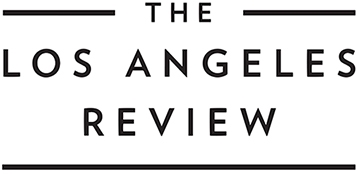
Book Review: A Nuclear Family by April Naoko Heck
A Nuclear Family
Poems by April Naoko Heck
UpSet Press, 2013
ISBN-13: 978-1937357917
$11.95; 80pp.
Reviewed by Ansley Moon
April Naoko Heck’s A Nuclear Family is a collection born of familial history and witness. Of a great-grandmother who survived the bombing of Hiroshima to find that
When she peeled back
the sleeves of her blouse,
the pattern of the cloth
according to its dark and light places
was etched into her skin.
Of Heck’s mother, safe in her grandmother’s womb and twenty miles away from the bombing: “… a nugget. Boygirl. Silken bean.”
From 1945 Japan, the book moves inward, examining Heck’s own nuclear family, experiences as a Japanese-American, and her father’s job at a nuclear power plant. The word “nuclear” is at once reminiscent of a family ravaged by war and the family as a social unit. Heck excels in juxtaposing horrific imagery with moments of simple language: “After years, she would still hold up her hands / and flutter her fingers to describe what she saw, / pale blue light dropped to the sky, / Kira-kira, she said. Twinkle, twinkle.” Bookended by violence—World War II and ten years after September 11, 2011—A Nuclear Family is a story of survival, what it means to be a daughter, and how to tell the stories we inherit. The book opens with the searing image of “fistfuls of silver / sewing needles fused / together eyeless,” and ends with the instruction to “Open your eyes.”
In “Hair” Heck explores what we do with the remains of those we love:
In the third poem it talked again!
and I listened to it—my father’s blond hair
in a baggie on my closet shelf—
it wanted to know why
a nurse gave it to me
with his clothes, a black comb.”
Likewise, in “Funeral Outfit,” Heck explores what the living do, through the image of a white blouse and like some memories, they never quite come into focus: “did I wash it first, did it fit, was it / pretty, was it from the girl’s department or women’s.”
Heck is a poet interested in family history and truth: “There are some things I don’t know, so my mother tells me.” Through the use of folklore, her mother’s memory, written letters, maps and more, Heck separates truth from myth to create what Kimiko Hahn refers to a “poetry-memoir.” As Carolyn Forché wrote in her essay “Twentieth Century Poetry of Witness,” “In fact, the poem might be our only evidence that an event has occurred: it exists for us as the sole trace of an occurrence. As such, there is nothing for us to base the poem on, no independent account that will tell us whether or not we can see a given text as being “objectively” true. Poem as trace, poem as evidence.” Heck writes, “I hate you poem, for wanting to know the truth.”
Ansley Moon was born in India and has since lived on three continents. She is the author of the poetry collection How to Bury the Dead (Black Coffee Press). Her poems have appeared in J Journal, Josephine Quarterly, PANK, Southern Women’s Review and elsewhere. She holds an M.F.A from The New School and is the recipient of a Kundiman fellowship.

